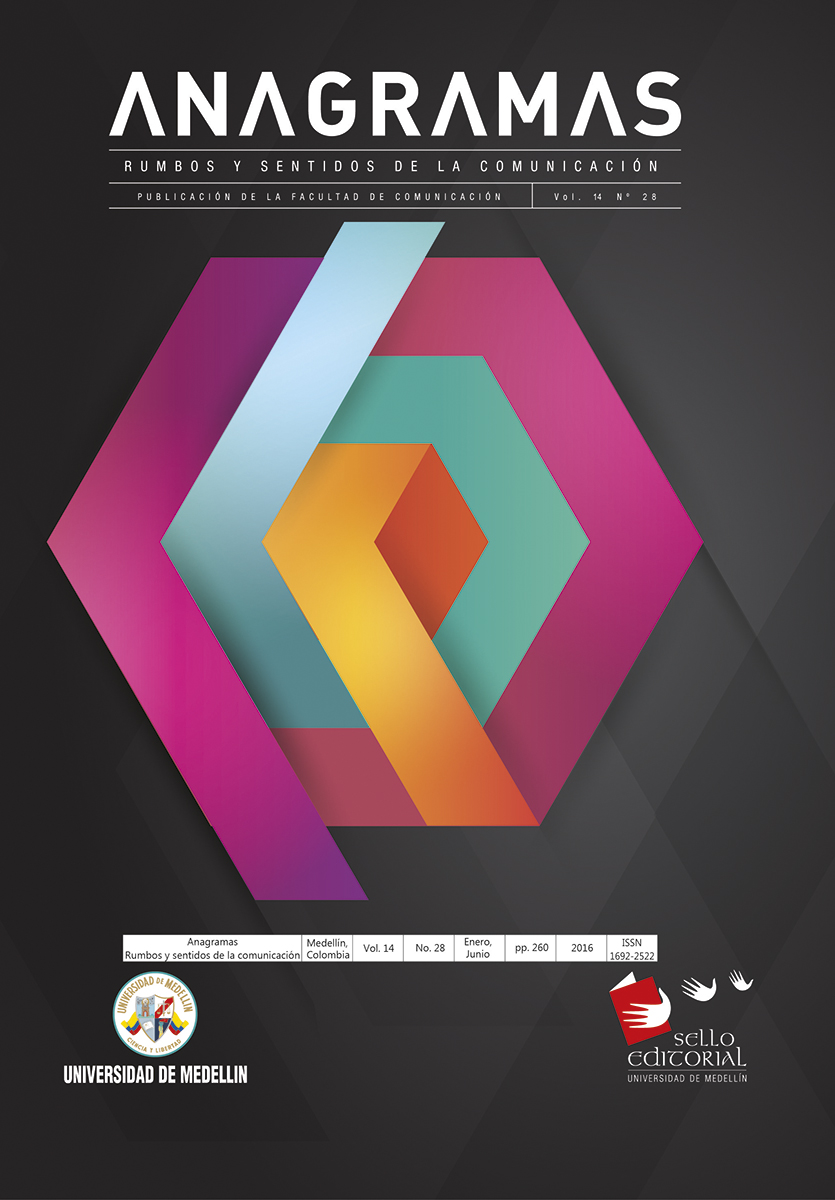The artistic avant-gardes of the 20th century and its theoretical contribution in the exhibitionist definition of Film’s nature
Main Article Content
Abstract
Although the artistic avant-gardes of the beginning of the 20th century are a heterogeneous group, they all coincide in a common ideal: contravening the status of art of the bourgeois society. Displacing the individual from the centre of the creative process and the appearance of a new system of representation based in a multiple perspective will attract different groundbreaking approaches such as Cubism, Futurism or Dadaism to Film. This paper aims at highlighting the contributions of the emerging avant-garde movements during the first decades of the 20th century to the forge of theoretical concepts that provided films with a discursive status based on forms and structures that we call exhibitionist, as opposed to classic film, which was meant to follow the steps of 19th-Century literature in its narrative mission
Keywords:
How to Cite
Colón, P. S. (2016). The artistic avant-gardes of the 20th century and its theoretical contribution in the exhibitionist definition of Film’s nature. Anagramas Rumbos Y Sentidos De La Comunicación, 14(28), 67–82. https://doi.org/10.22395/angr.v14n28a4





